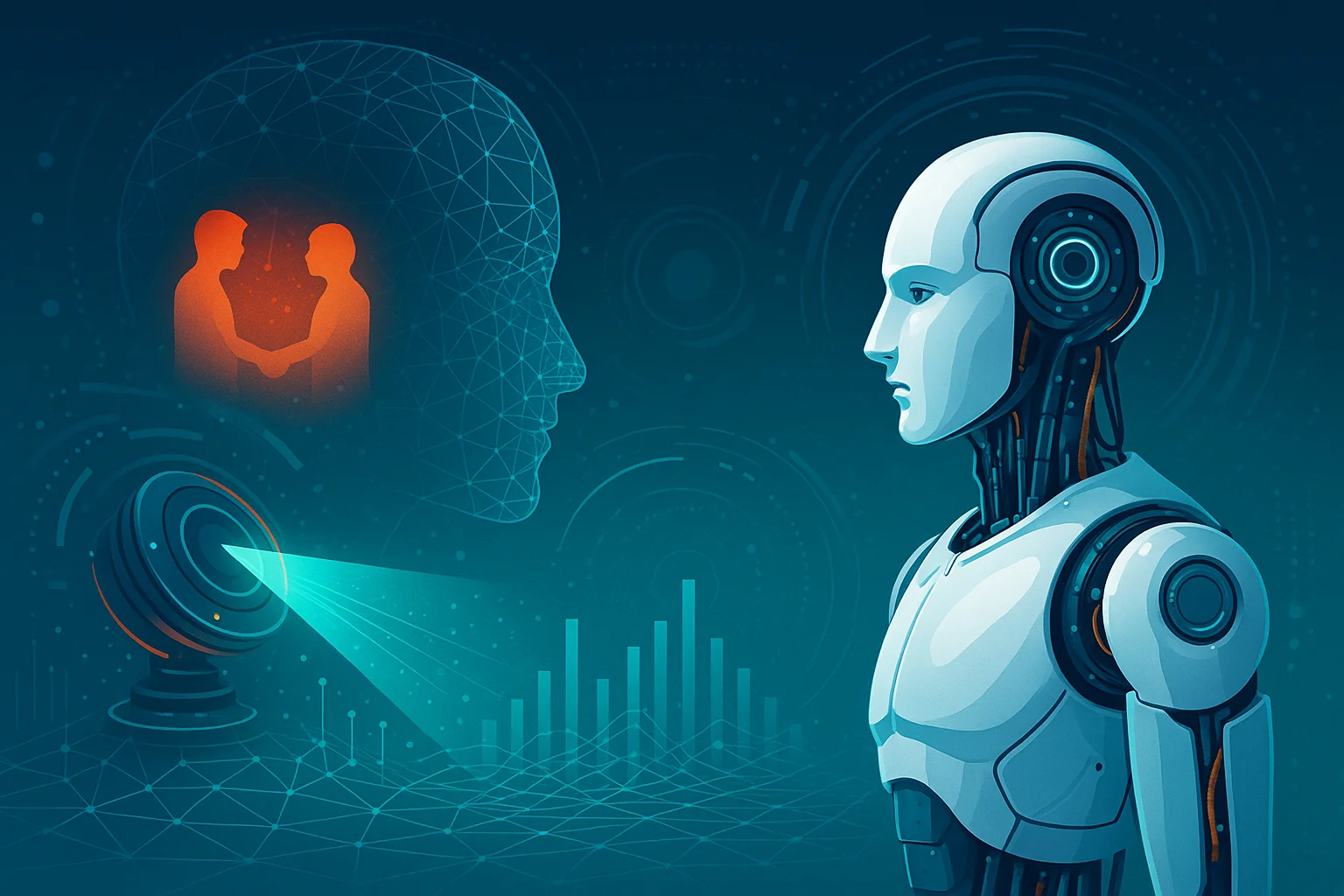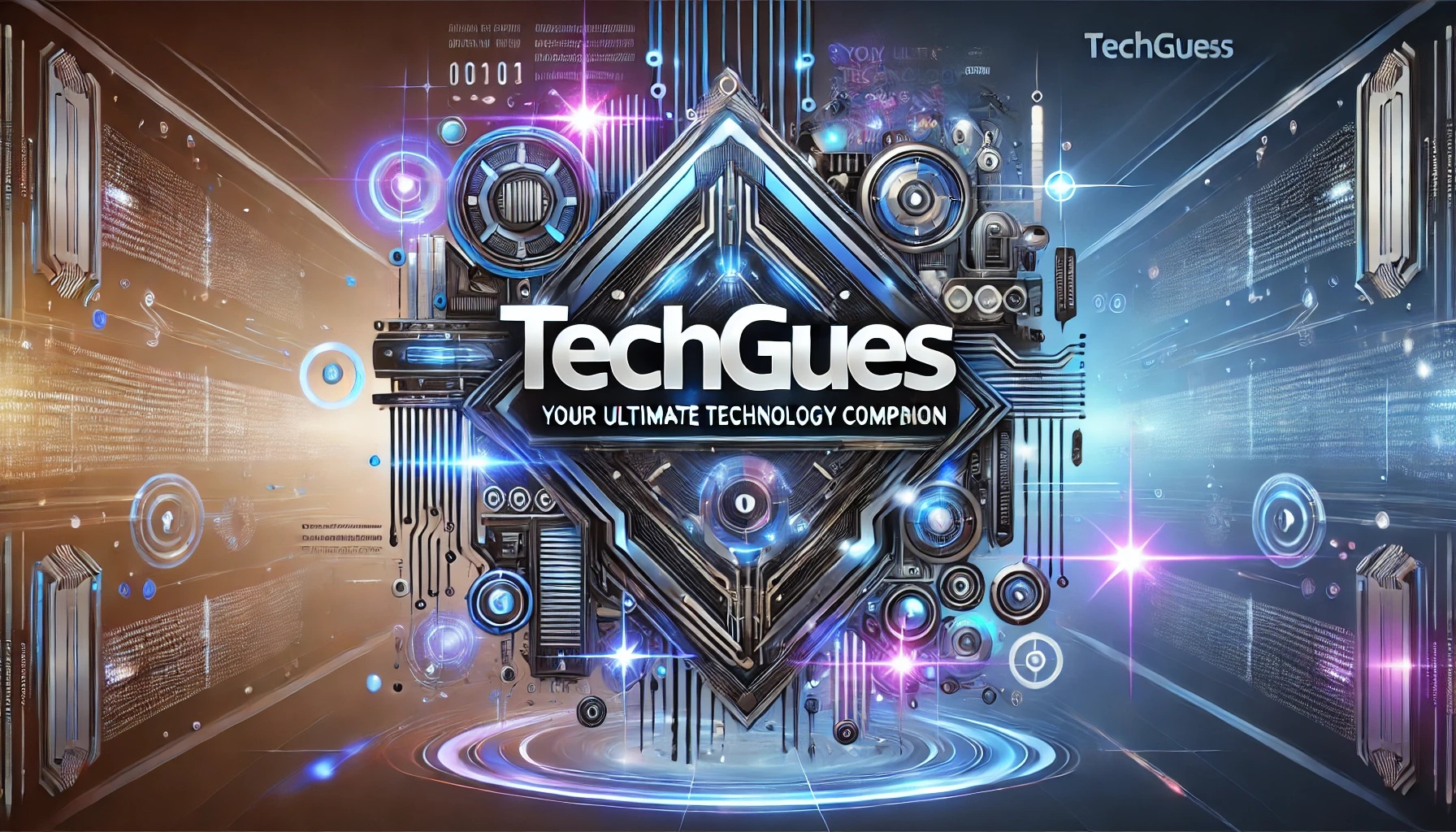Introduction
The word lidarmos carries multiple meanings and uses across different fields. It is not a superficial term but rather a concept that bridges technology, artificial intelligence, language, and human development. On one side, it connects to futuristic research like lidarman reprogramming reality with egocentric laser depth scan-ning, while on the other, it represents the Portuguese phrase é inevitável lidarmos com conflitos, meaning “it is inevitable to deal with conflicts.”
In this detailed guide, we will explore lidarmos definition, its roots, practical applications in science and life, common misconceptions, benefits, and frequently asked questions. We will also touch upon innovative projects like Easor github, which highlight the growing presence of lidarmos in technology and community-driven research.
By the end, readers will gain clarity about lidarmos, understand its technical and personal relevance, and know how to apply it to both professional and daily life challenges.
See also Biitland.com: Revolutionizing the Way We Learn and Build in the Digital Age
What is Lidarmos?
Lidarmos Definition
At its simplest, Lidarmos definition relates to the Portuguese verb “lidar,” meaning to deal with or to handle. In conjugated form, “lidarmos” means we deal with or we handle. This makes it a powerful expression of collective human experience, emphasizing the necessity of facing situations rather than avoiding them.
But beyond language, lidarmos has also taken on technical significance in areas like robotics, AI, and laser scanning. Researchers working on lidarman reprogramming reality with egocentric laser depth scan-ning have used the term in futuristic ways to represent tools that help machines “deal with” the physical world.
Lidarmos in Technology
Advanced Research and Innovation
In science and engineering, lidarmos is linked to lidarman reprogramming reality with egocentric laser depth scan-ning. This approach combines laser scanning technology with artificial intelligence to map spaces, recognize depth, and reprogram virtual or physical environments.
Key Applications
- 3D Mapping: Robots use egocentric laser depth scanning to “see” and interpret surroundings.
- Autonomous Vehicles: Self-driving cars rely on systems that mirror the philosophy of lidarmos—constantly dealing with real-world variables in real time.
- Augmented Reality (AR) & Virtual Reality (VR): Advanced scanning techniques improve immersion by reprogramming reality based on user perspective.
- Industrial Automation: Automated arms, drones, and smart factories implement the same principle to navigate environments safely and efficiently.
Easor Github and Open Source Relevance
Projects like Easor github show how the lidarmos approach inspires community collaboration. Open-source platforms are adopting similar models where laser-based depth scanning, machine learning, and problem-solving intersect. Easor github’s repositories often focus on building tools that allow engineers to “deal with” complex layers of digital and physical data.
This reflects the broader idea of lidarmos—facing challenges through innovation, adaptability, and cooperation.
Lidarmos in Daily Life
The Human Side
While technology showcases the futuristic side, the phrase é inevitável lidarmos com conflitos reminds us of the human dimension. Every individual faces conflicts—whether at work, in relationships, or within themselves. Lidarmos emphasizes the need to deal with these realities, not to ignore them.
Benefits of Embracing Lidarmos in Life
- Conflict Management: Building negotiation and mediation skills.
- Emotional Growth: Developing resilience through direct problem-solving.
- Communication Skills: Enhancing clarity when disagreements arise.
- Personal Adaptability: Adjusting to new circumstances without panic.
Benefits of Lidarmos
In Technology
- More accurate depth recognition.
- Enhanced efficiency in robotics.
- Safer navigation for autonomous vehicles.
- Increased precision in AR/VR applications.
In Human Growth
- Better interpersonal relationships.
- Stronger emotional intelligence.
- Reduced stress when facing inevitable challenges.
- Improved teamwork in professional environments.
How to Apply Lidarmos
Step-by-Step for Technology
- Understand the Context – Decide if your project involves lidarman reprogramming reality with egocentric laser depth scan-ning or other AI-integrated systems.
- Prepare Tools – Use depth scanners, sensors, and machine learning algorithms.
- Apply Gradually – Test the system in controlled conditions.
- Evaluate and Refine – Collect feedback, reprogram, and recalibrate.
Step-by-Step for Personal Growth
- Recognize Conflicts – Accept that é inevitável lidarmos com conflitos.
- Stay Calm – Approach challenges with patience.
- Use Communication – Share perspectives openly.
- Reflect and Improve – After each challenge, assess what worked.
Common Mistakes to Avoid
- Overcomplication: Treating lidarmos only as a high-tech term and ignoring its human meaning.
- Avoidance of Conflicts: Failing to recognize that é inevitável lidarmos com conflitos leads to unresolved issues.
- Ignoring Calibration: In technology, skipping proper calibration in laser depth scanning reduces precision.
- Neglecting Reflection: Without self-reflection, personal growth stalls.
Best Practices for Lidarmos
For Technologists
- Keep systems updated with the latest algorithms.
- Integrate safety protocols in lidarman reprogramming reality with egocentric laser depth scan-ning projects.
- Contribute to collaborative platforms like Easor github.
For Individuals
- Accept conflicts as natural and part of growth.
- Document experiences to learn from them.
- Seek constructive feedback from mentors, peers, or colleagues.
Lidarmos in Business and Teams
Modern businesses need to handle both advanced technology and human challenges. Adopting lidarmos in both senses ensures balance.
- Technical Teams: Use advanced scanning for better innovation.
- HR and Management: Recognize that é inevitável lidarmos com conflitos when managing people.
- Startups: Incorporate open-source collaboration similar to Easor github.
Frequently Asked Questions
Q1. What does lidarmos mean?
Lidarmos definition: It comes from Portuguese and means “to deal with” or “to handle.”
Q2. How is lidarmos used in technology?
It is often linked with lidarman reprogramming reality with egocentric laser depth scan-ning for robotics, AR/VR, and autonomous systems.
Q3. Why is the phrase “é inevitável lidarmos com conflitos” important?
Because conflicts are unavoidable in life, and growth comes from learning to face them.
Q4. What is Easor github and how does it relate to lidarmos?
Easor github is an open-source platform where developers share projects. It connects to the concept of lidarmos through collaboration, adaptability, and technological problem-solving.
Q5. Can lidarmos apply in both professional and personal life?
Yes. In technology, it enhances systems; in personal life, it develops resilience and adaptability.
Conclusion
Lidarmos is a versatile and powerful concept that ties together language, technology, and human growth. Through lidarman reprogramming reality with egocentric laser depth scan-ning, it pushes boundaries in robotics, AI, and digital innovation. Through the expression é inevitável lidarmos com conflitos, it teaches us resilience and adaptability in life.
By integrating these perspectives, lidarmos becomes more than just a definition—it becomes a guiding principle for progress. With open-source projects like Easor github, collaborative innovation expands the scope of lidarmos, proving its relevance in modern society.
This dual significance makes lidarmos a word worth exploring and applying, whether in labs, workplaces, or daily interactions.


